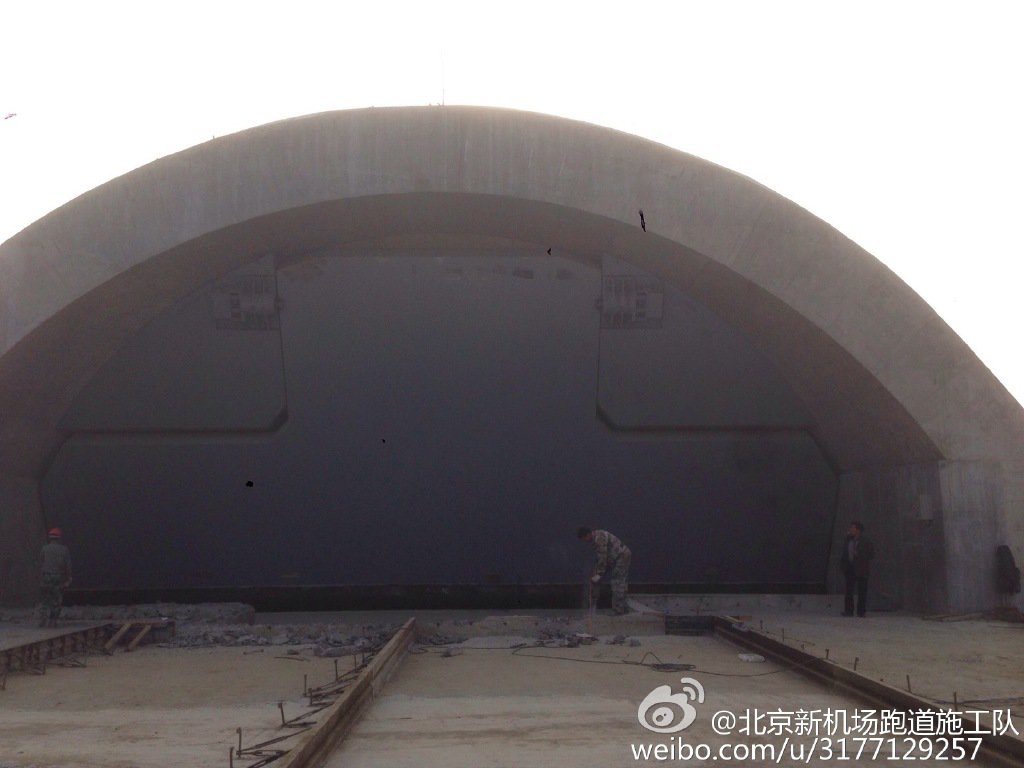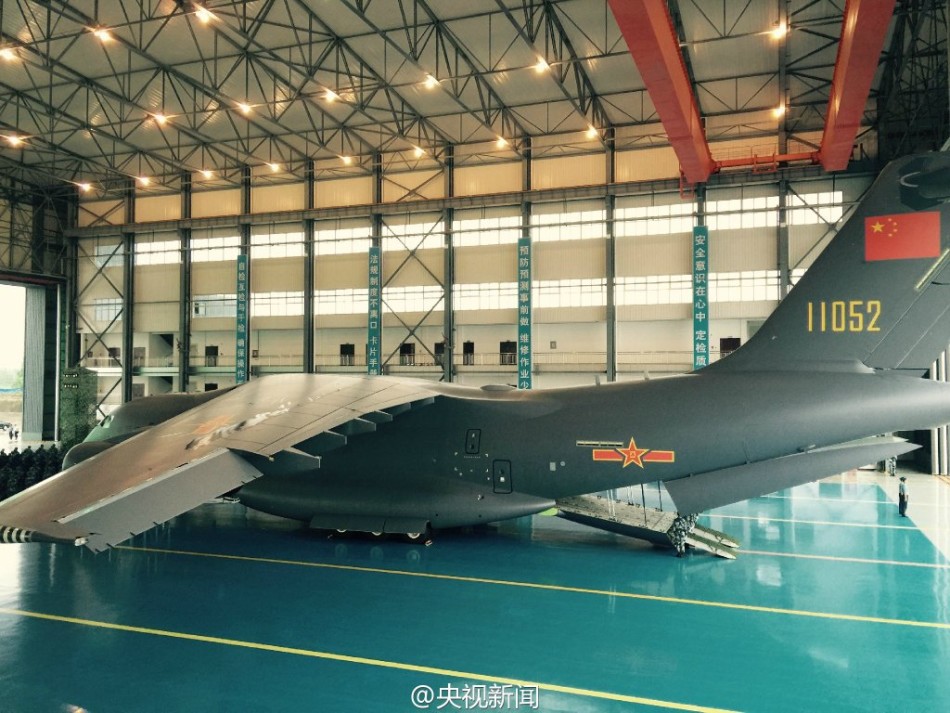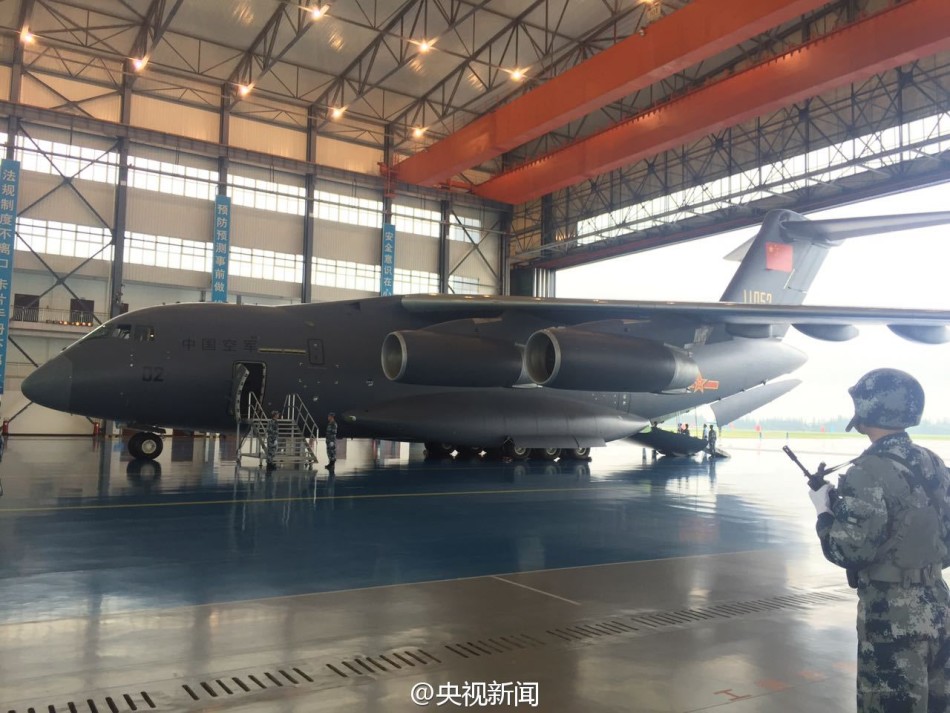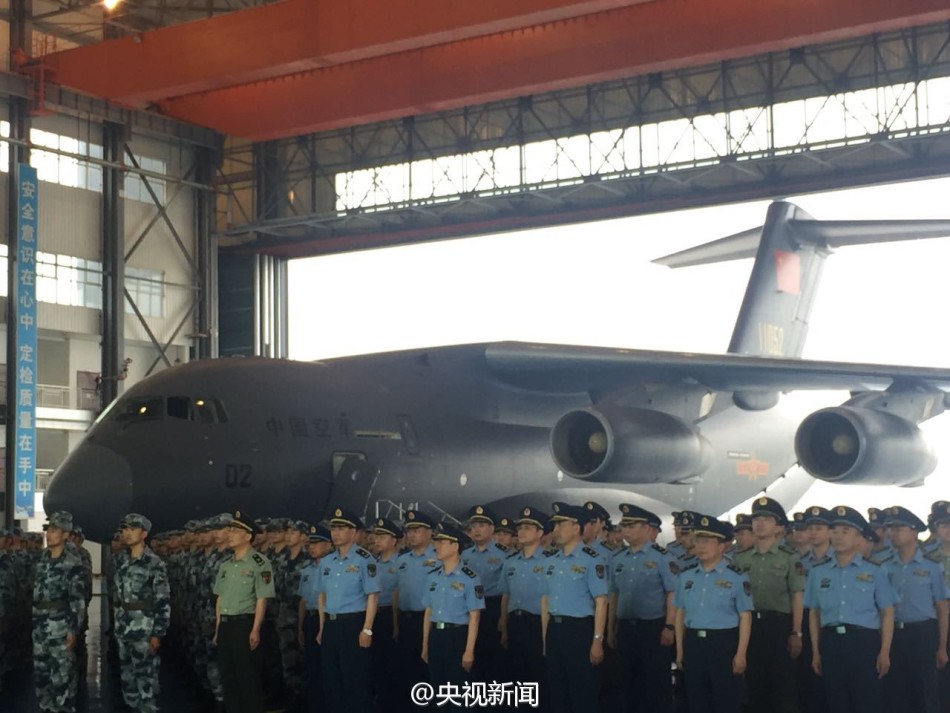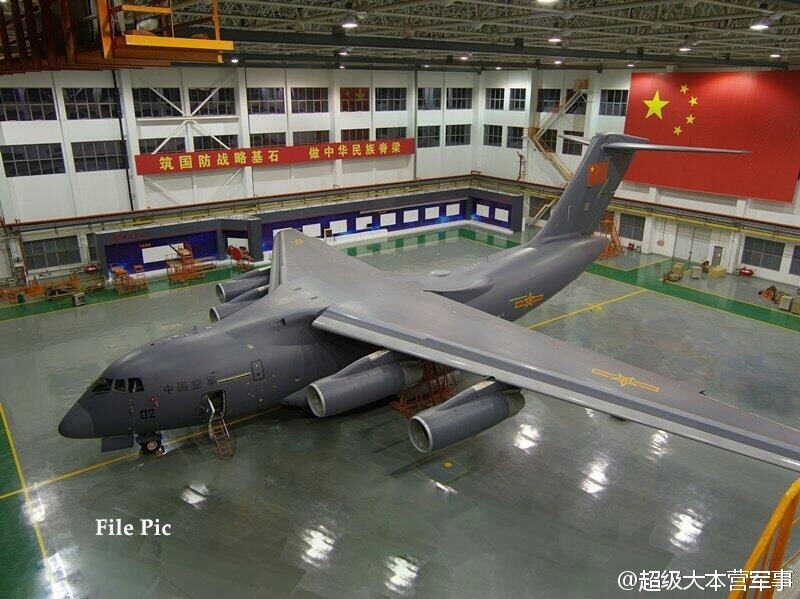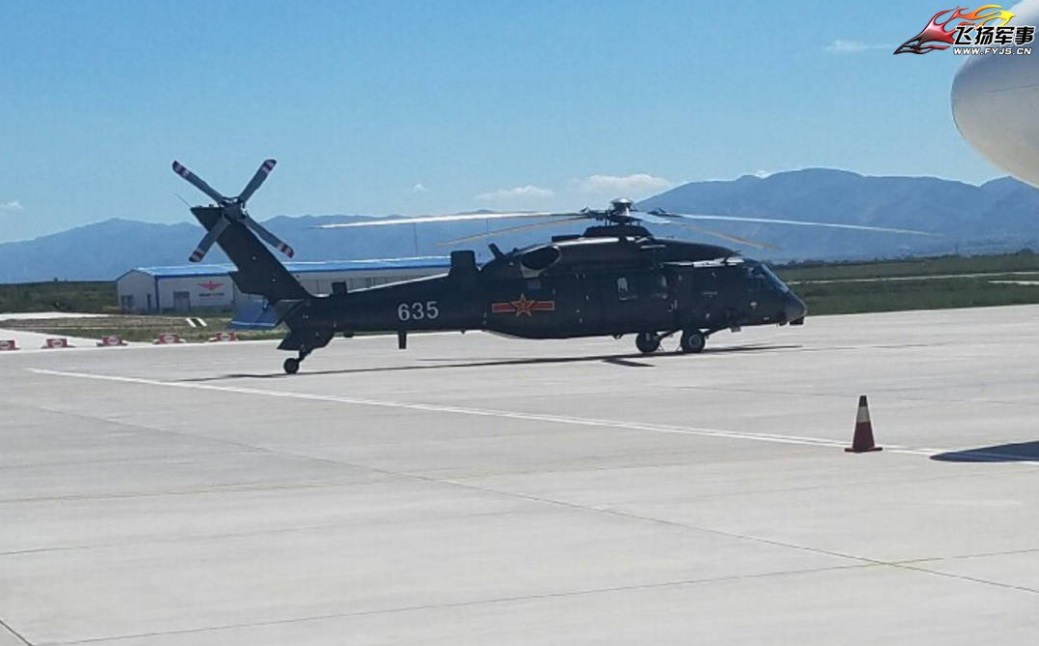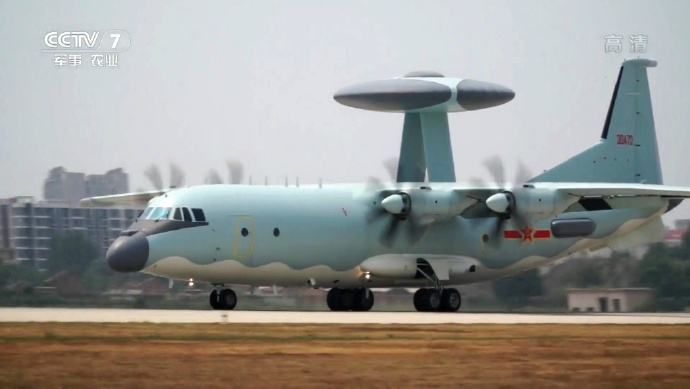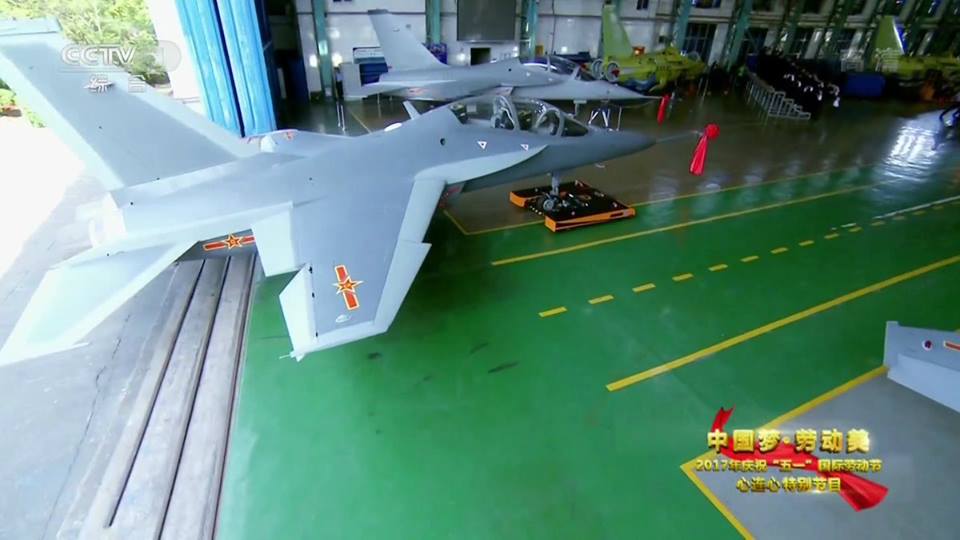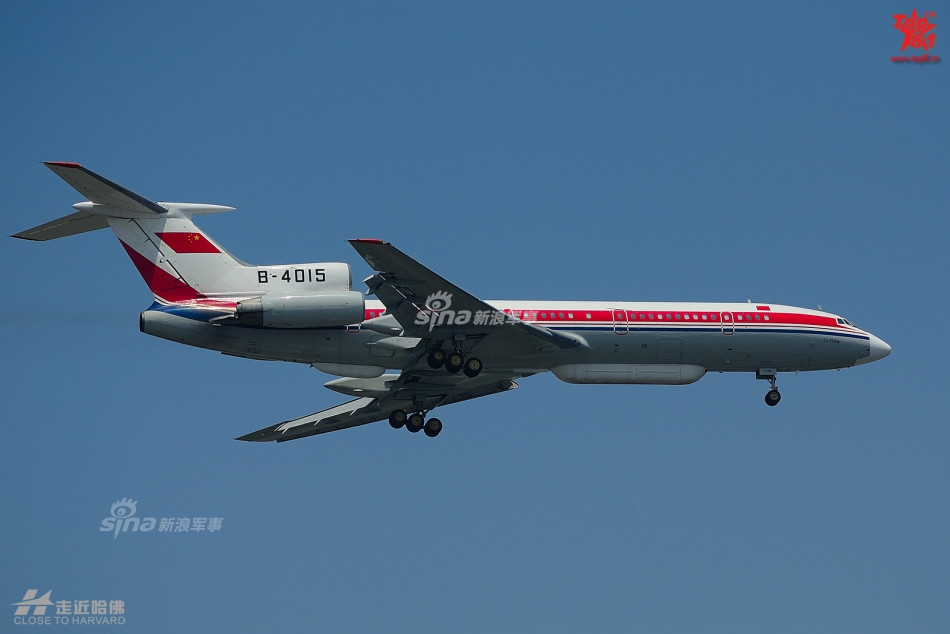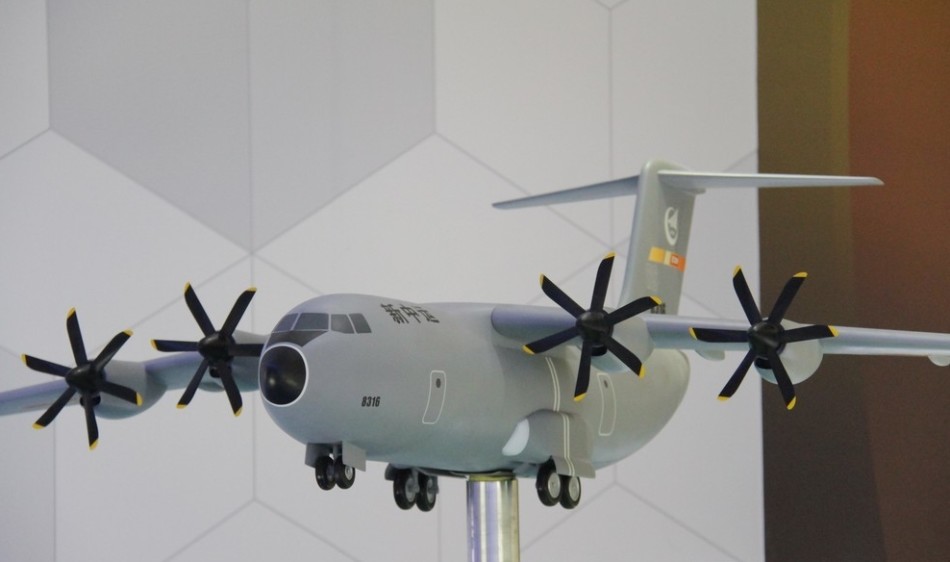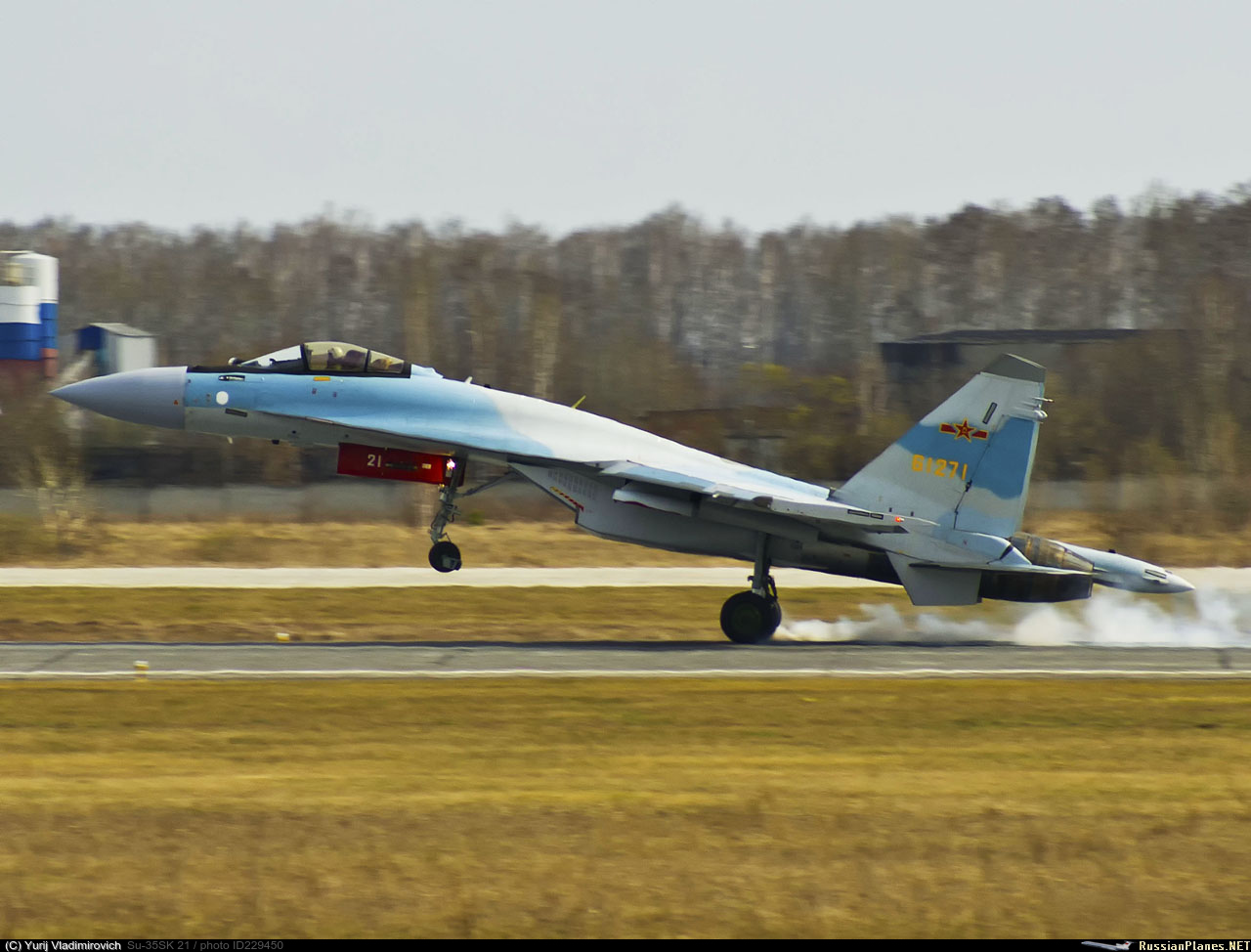China may develop new anti-submarine warfare aircraft based on C919 against Japan’s Soryu-class submarinesChina’s first large commercial aircraft Comac C919 was just rolled out on November 2nd, and a lot of discussions of its military use followed. AEWs (Airborne Early Warning Aircraft), radar-jamming planes, refueling planes and ASW aircrafts (anti-submarine warfare aircrafts) are among the discussed solutions.
The above types of Chinese military aircrafts are now basically based on Shaanxi Y-8 transport plane or Y-9 plane, which is outdated.
Just on the same day, the eighth one of Japan’s Sōryū-class Diesel Electric Submarines (16SS) – Sekiryū (せきりゅう?) / Red Dragon was launched, which will be delivered to Japan Maritime Self-Defense Force in March 2017 for defense of southwest islands and seas.
Chinese military expert Lau Cang thinks that Japan’s submarine has just pointed out a direction for military use of China’s C919 airliner- anti-submarine warfare aircraft. As Japan is involved into the South China Sea disputes, apart from Diaoyu Islands dispute, or Senkaku Islands dispute, Sōryū-class submarines will surely enter the South China Sea, to cooperate with the Philippines and Vietnam.
This year Japanese military officials have been meeting with their Vietnamese and Philippine counterparts frequently, to discuss cooperation in the area of maritime safety. Japan’s actions are also some kind of collaboration with U.S., whose strategy is “return to Asia”.
Japanese military officer once threatened that Japanese Navy is able to wipe out the whole East China Sea Fleet in four hours. And with its leading Soryu-class submarines, it is possible.
The South China Sea is known for its complex hydrological environment, which will be a paradise for Japan’s Soryu-class submarines. With its advanced AIP system, Soryu-class submarines submarines will start from Naha Base, bypass Taiwan Island, go through Bashi channel and cruise the whole South China Sea with the support from the Philippines and Vietnam. The ZQQ-7 sonar system and ZYQ-51 combat system of Soryu-class submarines will let them become information collecting, processing and transmission centers in the South China Sea.
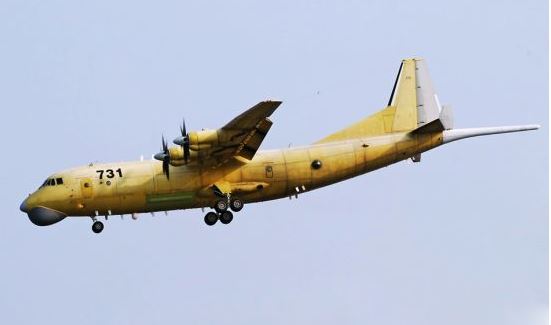
China currently has Gaoxin-6 (GX-6 or Y-8GX6) Anti-submarine Patrol Aircraft, which is based on Y-8 plane, but it lags behind new generations of US and Japanese anti-submarine warfare aircrafts such as P8A and P1, and might not be able to cope with American or Japanese submarines. For example, Gaoxin-6 takes about three hours to fly to maritime space 1000 kilometers away, while P8A needs only two hours.
But new anti-submarine warfare aircraft based on C919 passenger plane should be considered as the best choice for China.
Public materials indicate that C-919ER (with extended range) is close to Boeing 737-800, the basic type plane for P-8A, so China can develop the new generation anti-submarine aircraft based on C-919ER, to replace Gaoxin-6.
The problem is that it is reported C919 is using imported engine, and China is unable to develop equivalent engines. C919 jetliner’s engine LEAP-X1C was jointly developed by U.S. GE and French SNECMA, which is said to be better than Boeing 737’s CFM56 engine.
China is also developing its homemade engine for big aircrafts, and it was reported on September 1st that China made a big step with this, that high-pressure compressor’s tenth level experiment product was successfully delivered.
Anyhow, Japan’s Soryu-class submarines are fatal threats to Navy of China. Japanese media reported recently that Soryu-class AIP submarines once followed Chinese fleet in January for as long as 14 days, without being noticed by China’s Navy.
Soryu-class submarines are said to the quietest conventional submarine in the world, with only 105 db underwater. They are equipped with not only torpedos but also 130km-range antiship missiles.
China desperately needs to improve its antisubmarine warfare capability, to compensate for its navy’s weaknesses, to cope with possible conflicts against Japan and U.S in the East China Sea and the South China Sea.






